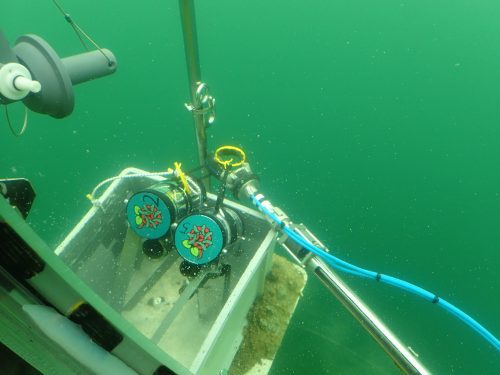Schlagwort: coral
-

Explore the depths with the PiCam Marine
Reading Time: 3 minutesThis article from The MagPi issue 74 highlights the use of the Raspberry Pi Zero to build a marine camera for coral exploration. Get your copy of The MagPi in stores now, or download it as a free PDF here. The crew took 20 000 photos in total during the cruise. Ecologists in Germany are deploying…
-

Protecting coral reefs with Nemo-Pi, the underwater monitor
Reading Time: 3 minutesThe German charity Save Nemo works to protect coral reefs, and they are developing Nemo-Pi, an underwater “weather station” that monitors ocean conditions. Right now, you can vote for Save Nemo in the Google.org Impact Challenge. Save Nemo The organisation says there are two major threats to coral reefs: divers, and climate…

